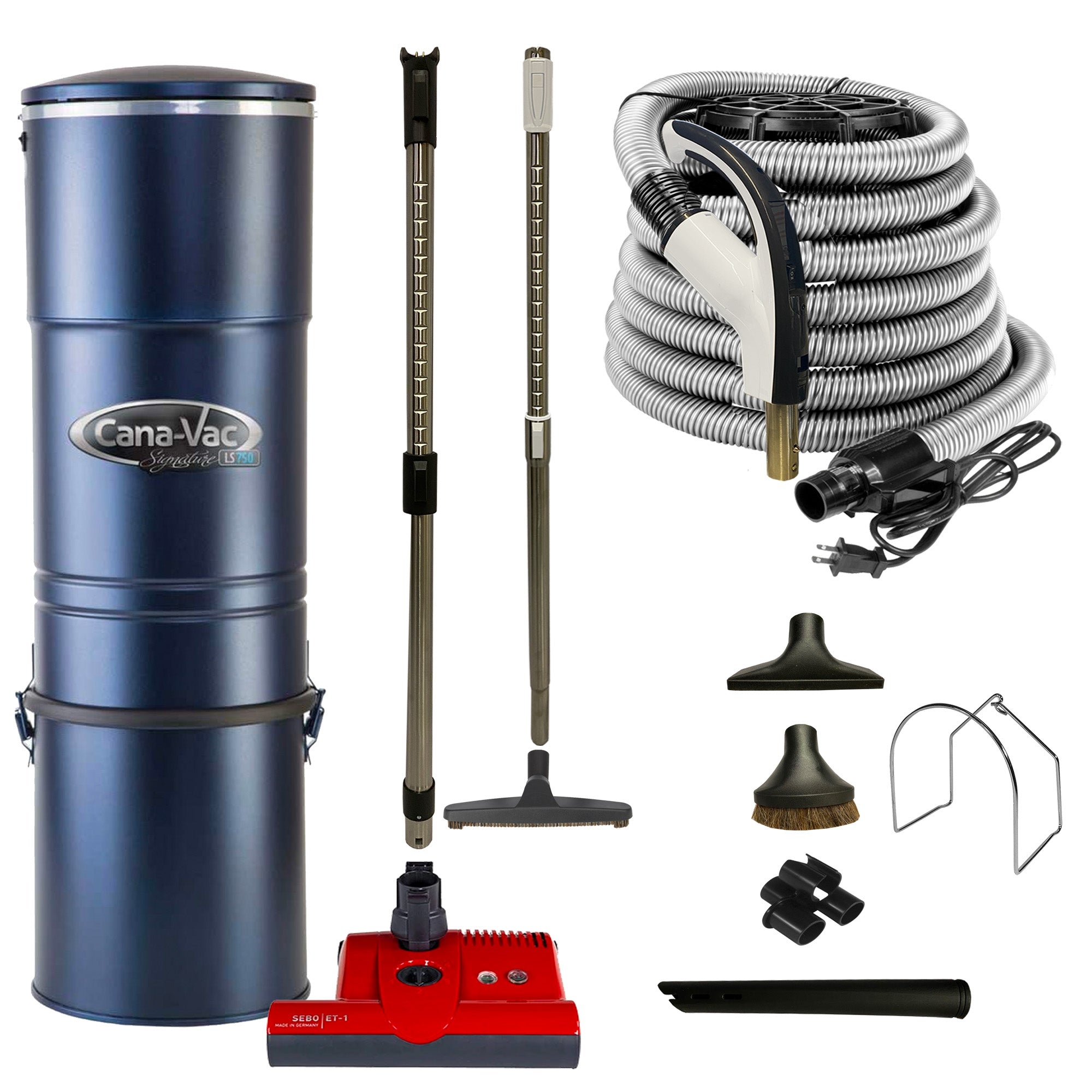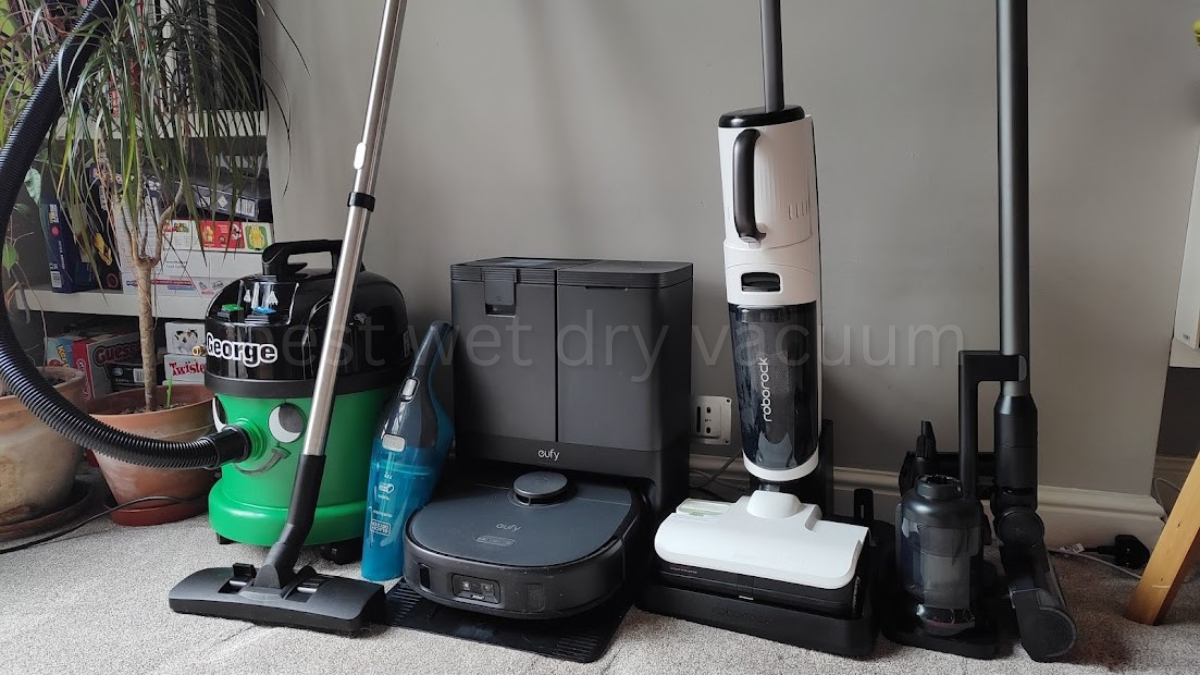How to Maintain the Best Wet Dry Vacuum for Lasting Performance
A reliable wet dry vacuum is one of those tools you don’t truly appreciate until you need it—whether it’s rescuing your basement from a sudden spill, clearing sawdust from a workshop project, or cleaning up the daily messes that simply don’t work with a regular household vacuum. But even the best wet dry vacuum can begin to lose power, clog easily, or wear down prematurely if it isn’t cared for properly.
The good news? Maintaining a wet dry vacuum is simple, and a few consistent habits can dramatically extend its performance, suction strength, and lifespan. Below, you’ll find clear and professional steps to keep your vacuum working like new—whether you rely on it occasionally or use it heavily in a garage, workshop, or jobsite.
1. Empty the Tank After Each Use
It might sound obvious, but letting debris or dirty water sit inside the tank is one of the fastest ways to shorten your vacuum’s lifespan. Moisture can cause mold and odor buildup, while fine dust tends to stick to the tank walls and harden over time.
Best practice:
-
Empty dry debris as soon as you finish cleaning.
-
For wet messes, rinse the tank with warm water and mild soap.
-
Let it air-dry completely before storing the vacuum.
A clean tank prevents corrosion and keeps the interior components functioning smoothly—especially important if you want your vacuum to remain one of the best wet dry vacuums for long-term reliability.
2. Clean and Replace Filters Consistently
Filters control airflow, suction power, and dust containment. When filters are clogged, the motor must push harder to compensate, which can lead to overheating and reduced suction.
How to care for different filter types:
-
Dry cartridge filters: Tap them gently to remove dust after each use. Rinse monthly if they are washable.
-
Foam filters for wet pickup: Rinse thoroughly with clean water after wet messes. Allow them to dry completely.
-
HEPA filters: Replace them on schedule, or sooner if you notice suction loss or fine dust escaping.
Clean filters ensure powerful airflow and prevent strain on the motor—one of the most essential steps in maintaining any wet dry shop vac.
3. Inspect the Hose and Attachments
Hoses and attachments often take the most abuse. A tiny crack or partial blockage can reduce suction dramatically—even if your motor is in perfect condition.
What to look for:
-
Kinks or soft spots in the hose
-
Small tears or pinholes
-
Debris lodged in attachments
-
Loose connections
Store hoses loosely coiled on a hook, not tightly wrapped, to avoid kinks or weak spots that can form over time.
4. Keep the Motor Housing and Vents Clean
Your vacuum’s motor needs unrestricted airflow to remain cool. When dust builds up around the vents, it reduces ventilation and forces the vacuum to work harder.
Simple maintenance:
-
Use a soft brush or cloth to dust around vents weekly.
-
Blow out stubborn dust using compressed air if the vacuum is used in a sawdust-heavy environment.
-
Check that nothing is blocking the air intake openings.
These small steps help prevent overheating and keep the vacuum running smoothly for years.
5. Lubricate the Wheels and Moving Parts
This is a step many owners overlook. Wheels collect dirt, hair, and debris, which can cause squeaking or stiff movement.
Recommendation:
Add a drop of light machine oil to wheel axles every few months.
Smooth-rolling wheels improve maneuverability and reduce strain on the vacuum body, especially during heavy cleanup tasks.
6. Inspect the Power Cord for Wear
Since wet dry vacuums are often used in garages, basements, and workshops, their cords frequently drag over rough surfaces. A damaged cord is unsafe and can cause the vacuum to power off unexpectedly.
Safety check:
-
Look for frays or exposed wiring
-
Make sure the plug is tight and not bent
-
Replace damaged cords immediately—don’t tape them
Prioritizing cord health helps preserve reliable operation and prevents electrical hazards.
7. Store the Vacuum Correctly
Where you store your wet dry vacuum matters. Poor storage conditions shorten the life of plastic parts, hoses, filters, and even the motor.
Ideal storage conditions:
-
A clean, dry environment
-
Away from extreme heat or humidity
-
Indoors or in a temperature-stable garage
-
Tank open slightly to allow ventilation
Good storage habits help maintain the performance features that make yours the best wet dry vacuum for long-term use.
8. Follow the Manufacturer’s Care Guidelines
Each model has its own specific filter type, cleaning instructions, and performance recommendations. Taking five minutes to review the manual can prevent common mistakes, like washing a filter that should only be replaced.
Why it matters:
Your warranty, motor performance, and suction efficiency all rely on proper care.
Final Thoughts
Owning the best wet dry vacuum goes far beyond choosing a high-quality model—it’s about maintaining it with simple, consistent habits. By emptying the tank, cleaning the filters, checking the hose, inspecting the cord, and ensuring proper storage, you’ll keep your vacuum powerful, dependable, and ready for any mess.
With just a little attention, your wet dry vacuum can serve you well for years—making cleanups faster, smoother, and far more efficient.
Vacuum Parts Canada makes it easy to find high-quality vacuum parts and accessories for all major brands. With reliable customer support, fast Canadian shipping, and a focus on quality, the store helps you keep your vacuum running at its best with the right parts whenever you need them.





Leave a comment
This site is protected by hCaptcha and the hCaptcha Privacy Policy and Terms of Service apply.